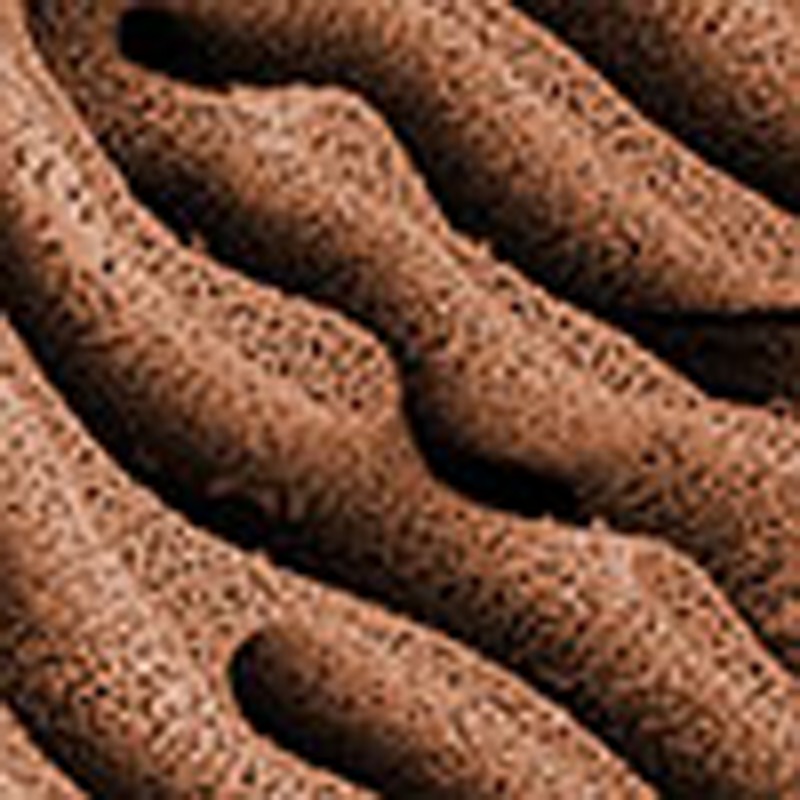- Record: found
- Abstract: found
- Article: found
Highly porous non-precious bimetallic electrocatalysts for efficient hydrogen evolution

Read this article at
Abstract
A robust and efficient non-precious metal catalyst for hydrogen evolution reaction is one of the key components for carbon dioxide-free hydrogen production. Here we report that a hierarchical nanoporous copper-titanium bimetallic electrocatalyst is able to produce hydrogen from water under a mild overpotential at more than twice the rate of state-of-the-art carbon-supported platinum catalyst. Although both copper and titanium are known to be poor hydrogen evolution catalysts, the combination of these two elements creates unique copper-copper-titanium hollow sites, which have a hydrogen-binding energy very similar to that of platinum, resulting in an exceptional hydrogen evolution activity. In addition, the hierarchical porosity of the nanoporous copper-titanium catalyst also contributes to its high hydrogen evolution activity, because it provides a large-surface area for electrocatalytic hydrogen evolution, and improves the mass transport properties. Moreover, the catalyst is self-supported, eliminating the overpotential associated with the catalyst/support interface.
Abstract
 Investigations into non-precious metal catalysts for hydrogen evolution are ongoing.
Here, the authors report a hierarchical, nanoporous copper-titanium electrocatalyst,
and demonstrate that it catalyses hydrogen production at twice the over-all rate of
commercial platinum-based catalysts.
Investigations into non-precious metal catalysts for hydrogen evolution are ongoing.
Here, the authors report a hierarchical, nanoporous copper-titanium electrocatalyst,
and demonstrate that it catalyses hydrogen production at twice the over-all rate of
commercial platinum-based catalysts.
Related collections
Most cited references21
- Record: found
- Abstract: found
- Article: not found
A perovskite oxide optimized for oxygen evolution catalysis from molecular orbital principles.
- Record: found
- Abstract: found
- Article: not found
Lattice-strain control of the activity in dealloyed core-shell fuel cell catalysts.
- Record: found
- Abstract: found
- Article: not found